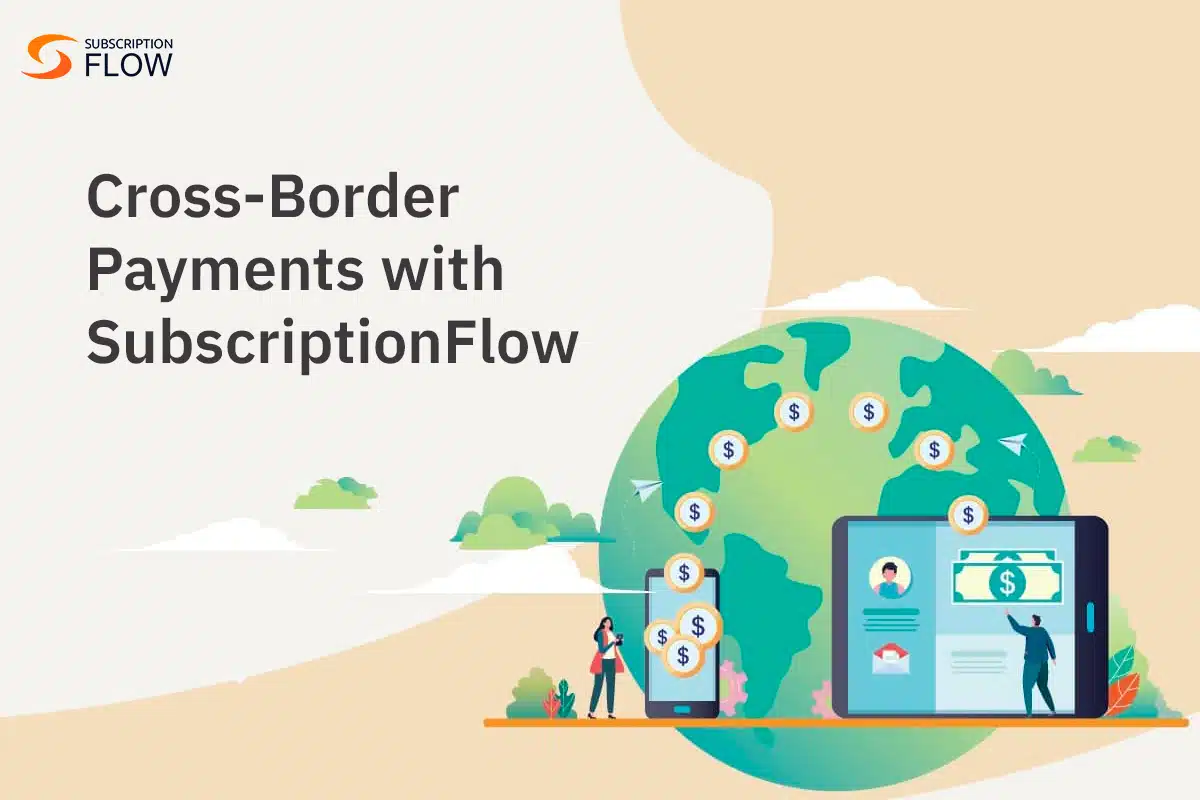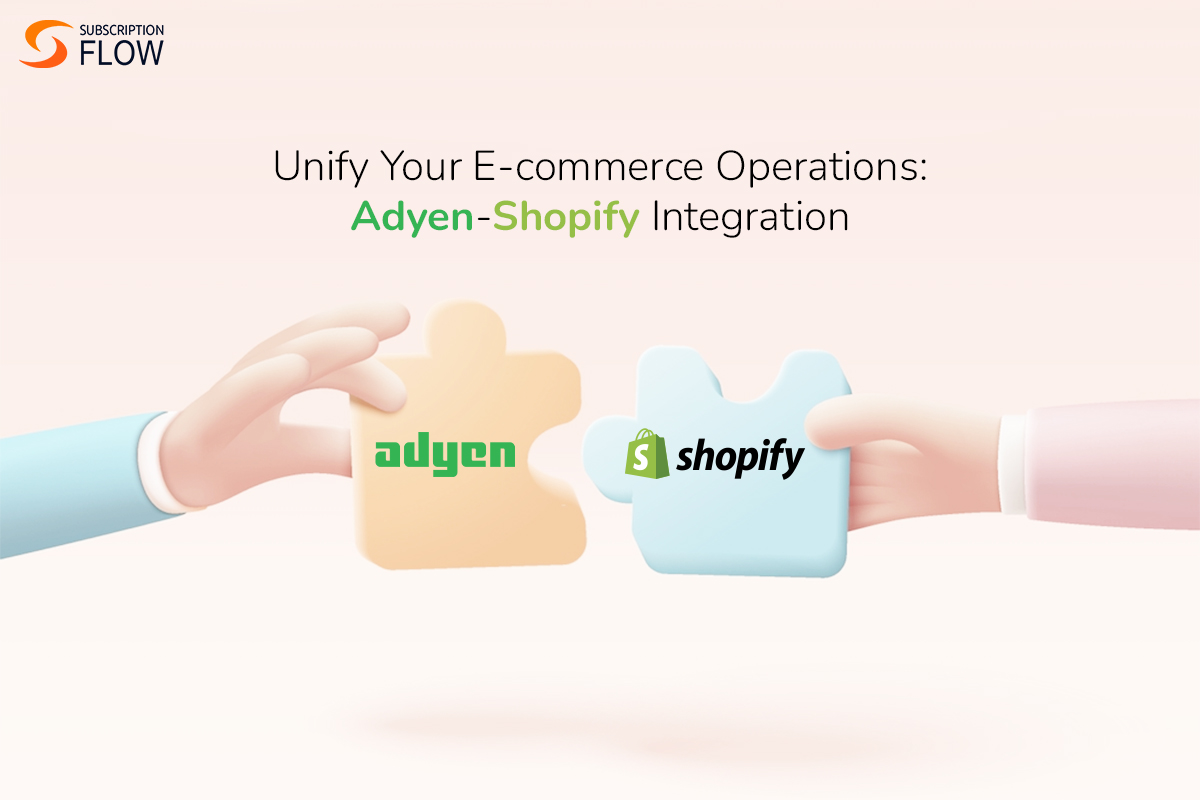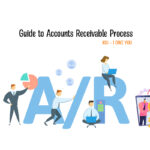
Using SubscriptionFlow to Improve B2B Cross-Border Payment Processing
Let us throw a bit of statistic at you: it has now officially been confirmed by various researches that most cross border payments are not very successful and end up incurring losses for both the parties involved in the transactions. As a result, businesses’ current practices frequently result in decreased productivity, increased labor, high payment fees, and strained supplier relationships.
However, these issues can be addressed by implementing best practices and software technology to improve B2B cross border payments efficiency. In this blog, keeping all this context in mind, we will firstly attempt to answer what are cross border payments, then see the best practices and challenges to improve B2B cross border payments efficiency, before finally zeroing in on SubscriptionFlow to see how we can help SaaS subscription businesses with merchant of record services in particular to handle cross border payments.
What are cross border payments?
Cross-border payments are financial transactions between businesses located in different countries and/or localities. These payments involve the transfer of funds across borders in order to facilitate international trade, services, or other commercial transactions. Cross-border payments allow SaaS companies to accept payments from customers in other countries. Basically, there needs to be the crossing of a border (and the change of currency that comes with it) for a payment to be considered a cross border payment.
The ideal payment method for any given transaction is determined by a number of factors, including the total amount of currency being sent, the pace at which it is being transferred, the currencies involved, and the fees associated with each method. Individuals and businesses who must make a cross-border payment ought to therefore think about the various cross-border payment methods available and select the one that best meets their specific needs.
What are the best practices and challenges to improve B2B cross border payments?
Businesses can benefit greatly from cross-border payments by being able to enter new markets and increase sales more quickly, easily, and efficiently. To guarantee success, they do, however, also entail a number of risks and difficulties that need to be properly handled.
In the following list, we have assembled a list of both challenges and best practices to help you understand how to improve B2B cross border payments:
- Identify which payment suits your supplier the best: Different payment methods are preferred by various affiliates and suppliers. The optimal payment method for each supplier will depend on their time preferences and available options. When conducting small transactions, PayPal is frequently preferred because its associated fees do not reduce profit margins. Wire transfers are a quick and safe option for international payments, but they can be very expensive due to high transaction costs. Yet the interesting thing is that wire transfers are not necessarily a less advanced technology since current day economic powerhouses like South Korea still use wire transfers for most of their cross-border payments.
- Start integrating APIs that seamlessly integrate with countries’ treasury infrastructure: APIs are simple solutions that work with the current treasury interfaces and infrastructure. Because they now have FX rates sooner in the process, treasurers can better handle currency being exposed, reduce danger across their global accounts, and expedite reconciliation. They can also access immediate insight into FX rates from their current systems. Corporate treasurers can price their goods in a currency that best serves their client while nevertheless effectively handling funds on the backend by using API connectivity to set fixed in FX rates for predefined periods of time.
- Can be economically beneficial for the business’s growth: Businesses can boost sales and seize new growth prospects by expanding their product and service offerings globally. Successfully doing this can save money on transaction fees, currency exchange rates, and other expenses related to international trade by using certain cross-border payment methods over others. A plus side of such a strategy is also that businesses can lessen their dependency on home markets by diversifying their supplier, customer, and investment portfolios through cross-border payments.
Read more: What Is Merchant of Record (MoR)? How It Can Become the Backbone of Your Online Transactions
How can SubscriptionFlow help SaaS subscription businesses with merchant of record services to handle cross border payments?
SubscriptionFlow is famous the world over for offering merchant of record services to SaaS subscription companies. The way that it goes about doing is that is by handling tax compliance, invoicing, payment processing, currency conversion, and fraud prevention serves as the merchant of record for online transactions all on its own. Therefore, SaaS subscription businesses can easily handle cross-border payments without worrying about the legal and regulatory complexities of different markets by using SubscriptionFlow as their merchant of record.
Other perks of SubscriptionFlow that are indirectly related to its capabilities of helping SaaS businesses with merchant of record services is that it offers a single dashboard for managing subscriptions, invoices, and reports, and manages every facet of the payment lifecycle, from revenue recognition to billing. In order to provide users with a smooth payment experience, SubscriptionFlow also integrates with widely used payment gateways and platforms, including PayPal, Shopify, Stripe, and WooCommerce.
All in all, SubscriptionFlow is a great platform to help process your cross-border payments. Book a demo now to see how this software allows for the most seamless of transactions ever seen!










